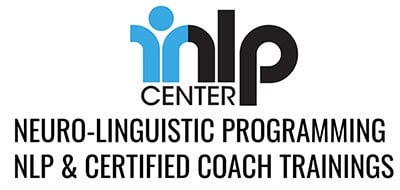Overcoming Obstacles in Life with NLP: Overview of 4-Step Process
This four-step process for identifying and overcoming obstacles that can be readily dealt with using NLP tools, as well as overcoming obstacles that are external – real-world limitations.
Example: I need $5000 to invest in my new business idea and I do not, in fact, have the money.
An NLP practitioner doesn’t pretend to wave a magic wand and make 5K appear, so what about overcoming obstacles that are on the outside?
You can get the inner V-A-K representations of the outer obstacles and address the inner states the client accesses in response to those obstacles. For example, turning discouragement into motivation to do something productive. The NLP VAK Model is part of the NLP Practitioner Training and our NLP-Integrated Life Coach Training.
Here’s what happened in a recent coaching session…
I had a fascinating coaching session with a student who was up for overcoming obstacles to marketing and building her coaching practice. When she thought of marketing her practice on LinkedIn, she was filled with dread and began to ask herself questions like:
What if I fail? What if people ridicule me?
We had a kinesthetic and auditory (feeling of dread and inner questions) representation, but no visual. No visual image came to mind. The trainer worked with her until a very surprising image came to mind, which lead to the total resolution of the problem.
Three Main Insights for NLP Practitioners: Helping yourself and clients in overcoming obstacles in life
1. In terms of overcoming obstacles with yourself and clients:
When you’re gathering information about internal VAK states, and an element is missing (that the client is not aware of), this is an unconscious piece of the puzzle. When you help the client become aware of the missing VAK element, you are bringing unconscious information to consciousness.
In this case, the client was unaware of any image (visual) that related to her stuck state (obstacle). When the image came to mind, she was surprised at its content. The image helped make sense of the entire problem – the reason she was stuck. And this lead to immediate insights – an aha moment – that helped her overcome the obstacle, after being allowed to just think about it for 30 seconds.
2. When working to bring unconscious information to the surface…
The key is to help the client relax. Don’t apply pressure. Use language that suggests creativity and imagination. In this case, the trainer suggested things like:
If there were an image associated with this feeling and these questions, what would it be?
If you just sit with the feeling and those questions going through your mind, what image might pop in there?
I don’t know if you’ll see an image – it doesn’t really matter – maybe you will, maybe you won’t. I was just curious…
3. When you and a client encounter new and surprising information…
Be patient. In this case, the trainer asked the client to just sit with the new image and begin making sense of it. The trainer didn’t rush into an intervention. It’s important to understand what you’re working with – to make sense of it, before moving into an intervention.
The trainer gave the client a minute to just sit in silence with this new image and the accompanying feeling and questions going through her mind. In that time, and with the connections she made with the new image, she resolved the problem without further intervention necessary.
Problems are not always resolved this way. But, problems can often be solved when all the right information is allowed to rest in the client’s consciousness.


